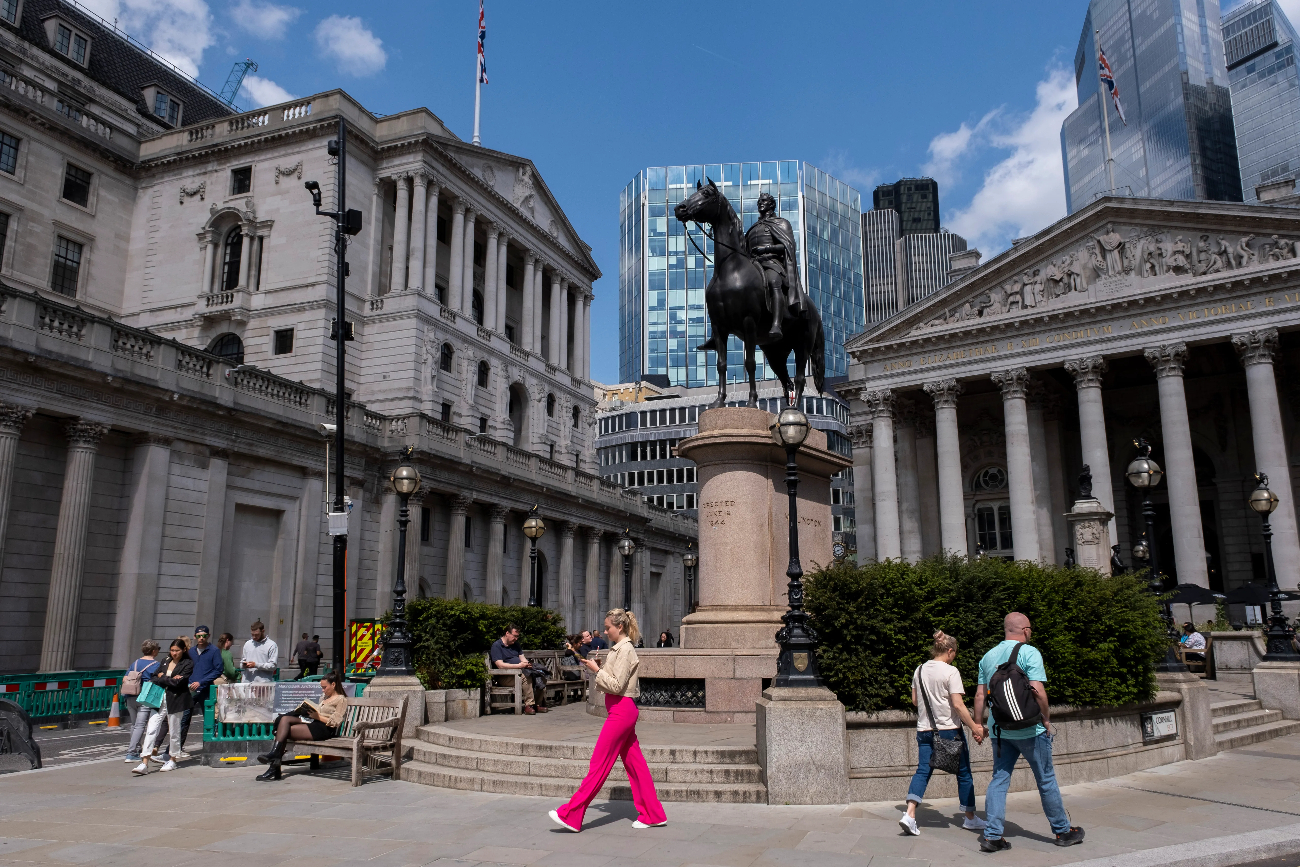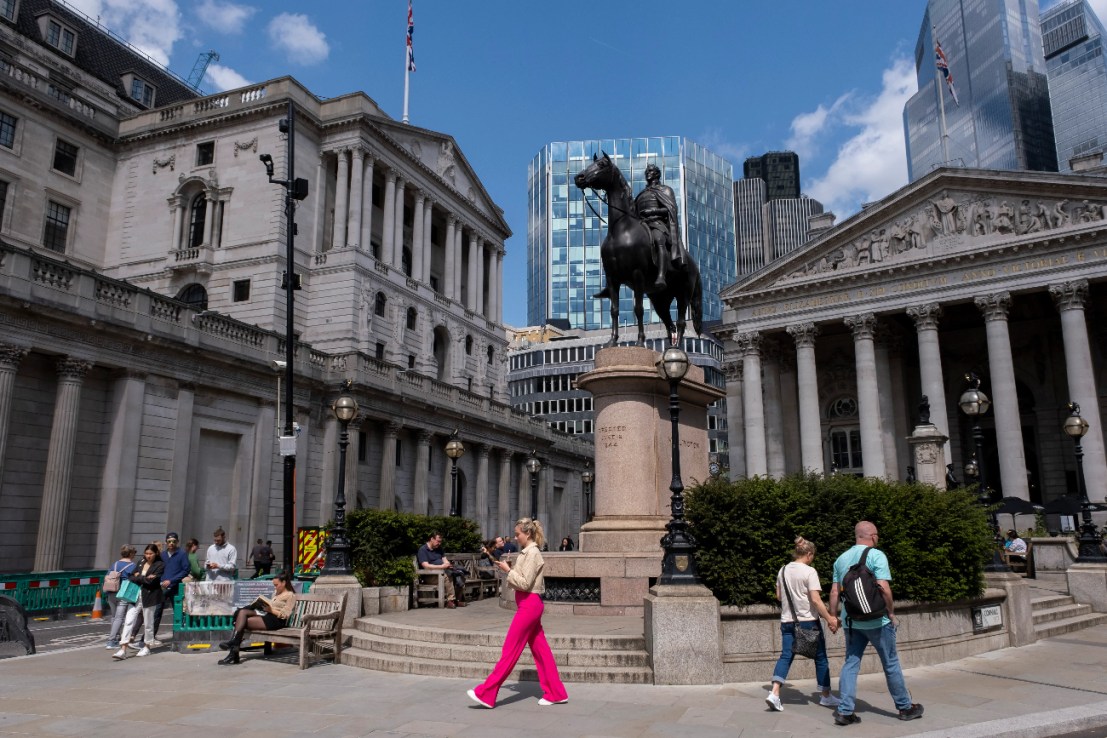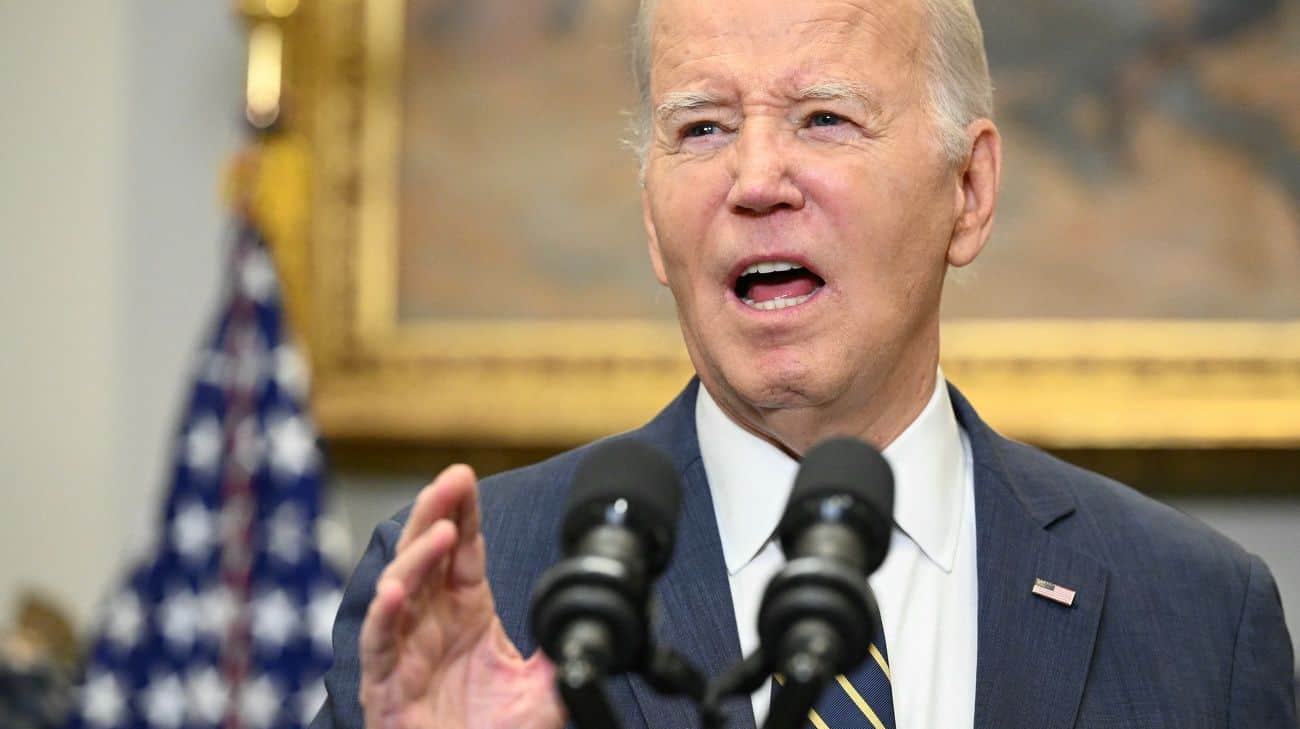Forecasts by the Bank of England and the OBR are drifting apart. Is it a problem?
Economic forecasts by the Bank of England and the Office for Budget Responsibility are drifting further apart. Chris Dorrell explains why this could be a problem


Economic forecasts by the Bank of England and the Office for Budget Responsibility are drifting further apart. Chris Dorrell explains why this could be a problem
Two of the most important events in any economist journalists’ calendar are when new forecasts are released by the Office for Budget Responsibility (OBR) and the Bank of England.
These forecasts not only give some guidance as to what some of the best and brightest in the land make of the UK’s economic prospects, but they also provide the foundation for policy decisions.
Remember the wrangling around how much headroom the Chancellor would have in the Spring Budget? That all stems from the OBR’s forecasts. A slight change in judgement could have wiped out Hunt’s space for tax cuts entirely.
The Bank’s forecasts meanwhile provide the basis on which decisions about interest rates are made.
Its continued reluctance to cut interest rates, a policy stance which has attracted a lot of market criticism, stems – understandably – from its judgements about the UK economy.
It is, however, striking that the two forecasts come to quite different conclusions about where the UK economy is and where it is going.
Before noting the differences, it is worth being clear that both sets of forecasts are entirely reasonable judgements about how the economy will perform. They are just different.
Take GDP. The OBR expects the UK economy to grow 0.8 per cent this year and 1.9 per cent next year, which is markedly more optimistic than the 0.2 per cent and 0.6 per cent expansions expected by the Bank.
By the end of the Bank’s forecast horizon in 2026, cumulative GDP growth is 2.7 percentage points lower than in the OBR’s central forecast.
Oxford Economics assume that a one percentage point change in GDP generates a 0.6 percentage point change in tax revenue, which means if you substituted the Bank’s forecasts for the OBR’s, tax revenue would be two percentage points lower, about £30bn. Bye bye tax cuts.
The OBR has been clear that its relative optimism stems from a more bullish perspective on productivity growth than the Bank.
As David Miles, a member of the Budget Responsibility Committee at the OBR, explained in a recent Treasury Committee hearing: “We have taken the view, and it is no more than an educated guess – and maybe not even terribly educated – that the last 15 years are so bad that, more likely than not, things will be a bit better”.
Over the past few years, however, the Bank’s pessimism has proved a better bet.
On inflation the pair also come to different conclusions.
Although both think that inflation will fall to two per cent in the second quarter, the Bank then thinks it will pick up again and end the year around three per cent.
The OBR, in contrast, think it will hover around two per cent for the rest of the year. Looking into 2025, the Bank expects inflation to average 2.7 compared to the 1.5 per cent expected by the OBR.
Part of the difference comes from the OBR’s forecasts coming a few months later than the Bank’s, when energy prices had fallen further than in February. Still, there does not seem to be a strong argument for the Bank of England leaving interest rates on hold if you accept the OBR’s view on inflation.
So does any of this matter? Clearly the two bodies specialise in different areas of the economy, and so one would think that specialism would improve accuracy. Separate monetary and fiscal forecasts are also not unusual around the world.
Having said that, the OBR is an unusually powerful fiscal watchdog. Its perspectives really matter for determining government policy, and yet it sometimes appears that it is looking at a different economy to the Bank.
The different forecasts also point to the tension between monetary decisions and fiscal ones – a tension which has become increasingly evident over the past couple of years as higher interest rates have added billions to the government’s spending bill and slowed the economy in an election year.
Ahead of the election, many Conservative politicians have hit out at the Bank for its reticence in cutting interest rates. Again, if you believe the OBR’s forecasts then these politicians have a strong case.
Whatever you think about interest rates or tax cuts, it is important for any economy that monetary and fiscal policies are pulling in the same direction.
This is more difficult when the two bodies responsible for setting policy could be looking at different economies.


